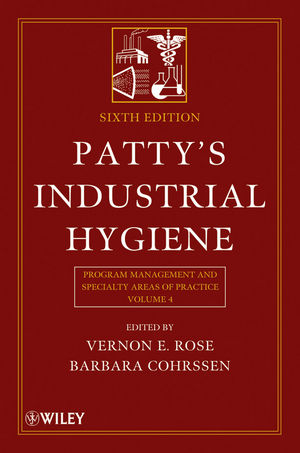By Pam Tinc, MPH, and Julie Sorensen, PhD
Agricultural workers face myriad dangers each day, resulting in high injury and fatality rates. Unfortunately, high stress levels and competing demands often make it difficult for farmers to prioritize safety. Over the last several decades, researchers, industry partners, and farmers have been among those working together to reduce fatalities from tractor overturns at the national level. Collaborations like these are essential for identifying and implementing evidence-based solutions on a broad scale to successfully reduce the number and rate of these injuries and fatalities.
Tractor overturns have long been the leading cause of death on American farms. Still, several technological and other research-informed advances have helped protect farmers from these traumatic deaths. Rollover protective structures, called ROPS, were first introduced in the 1960s. They are 99% effective in preventing death and serious injury when used with a seatbelt [1]. ROPS have been standard on new tractors since 1985, yet many farmers still use older equipment that needs to be retrofitted. Only about 6 of every 10 tractors in the US are equipped with ROPS [2].
Beginning in 2004, the Northeast Center for Occupational Health and Safety (NEC) conducted considerable research to better understand the process farmers go through to retrofit a tractor with a ROPS and why farmers weren’t installing rollover protection [3]. Building on research by several NIOSH-funded Agriculture Safety and Health Centers and other researchers, a ROPS Rebate Program was launched in New York in 2006. The program offered cost-sharing, sourcing assistance, and targeted promotions [4-7]. Within the first year of the NY ROPS Rebate Program, ROPS sales increased tenfold [8]. By 2010, Program facilitators had already documented two lives saved as a direct result of the program, and a $3.75+ return on investment for every dollar spent on the Program [8].
Given the successes in New York, the NEC formed partnerships with agricultural universities, extension agencies, state departments of health, and state departments of agriculture in several other states. These partnerships led to the launch of six additional ROPS Rebate Programs between 2010 and 2016 [9, 10].
To date, over 2,300 ROPS have been installed on tractors in these seven states (NY, WI, VT, NH, PA, MA, MN). Program participants have reported 19 overturns or potentially life-threatening events in which the tractor operator was…Click here to read the rest of the blog post.




